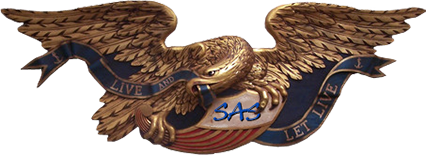The heavy 8-gun Jug and the lighter 6-gun Kittyhawk or Mustang; what's the fundamental difference? Ratio wise in the number of guns to weight, they don't differ too greatly. What physical mechanism should cause a yaw departure several times worse in one versus the others? For the Jug, a 33% increase in gun count, which moreover is countered by the mass of the crate, should not induce a swing moment *several times* worse. It really is to invoke some magical force. The gun fire rates are the same, and the slugs have the same velocity and mass, and the gun displacement from the /c centerline are not so different.
Basic physics tells us what to expect. Perhaps a 50% greater departure in yaw, not 500%.
While none of us has enjoyed the delicious prospect of flying a Jug and firing its guns

, we are at the same time subject to the uncertainties of an increasingly remote history. After all, look at the hand wringing over even fundamental characteristics of plane performance. Issues such as induced yaw while firing guns would be nice to see documented with measurements. If we have no such data available, and are reliant upon anecdote and otherwise non-rigorous reportage, a certain skepticism might be warranted.
In the end, a more advanced bird like the Jug would be expected to have such a nasty vice as this to be predicted, or if found after the fact, a quick solution implemented, if as simple as removing two guns. To send into combat such an ammo waster would be foolish.
In the end, an appreciation of physical principles and the known performance of not fundamentally different platforms suggest we are suffering a needlessly exaggerated degradation.
Again, how does extra vertical stabilizer area, which addresses low frequency yaw instability, magically improve a jackhammer vibration of frequency many times more rapid? It makes no sense.
 Author
Topic: BAT appears to cause insane side to side recoil for the P-47D-27 and P-47D (Read 1970 times)
Author
Topic: BAT appears to cause insane side to side recoil for the P-47D-27 and P-47D (Read 1970 times)


